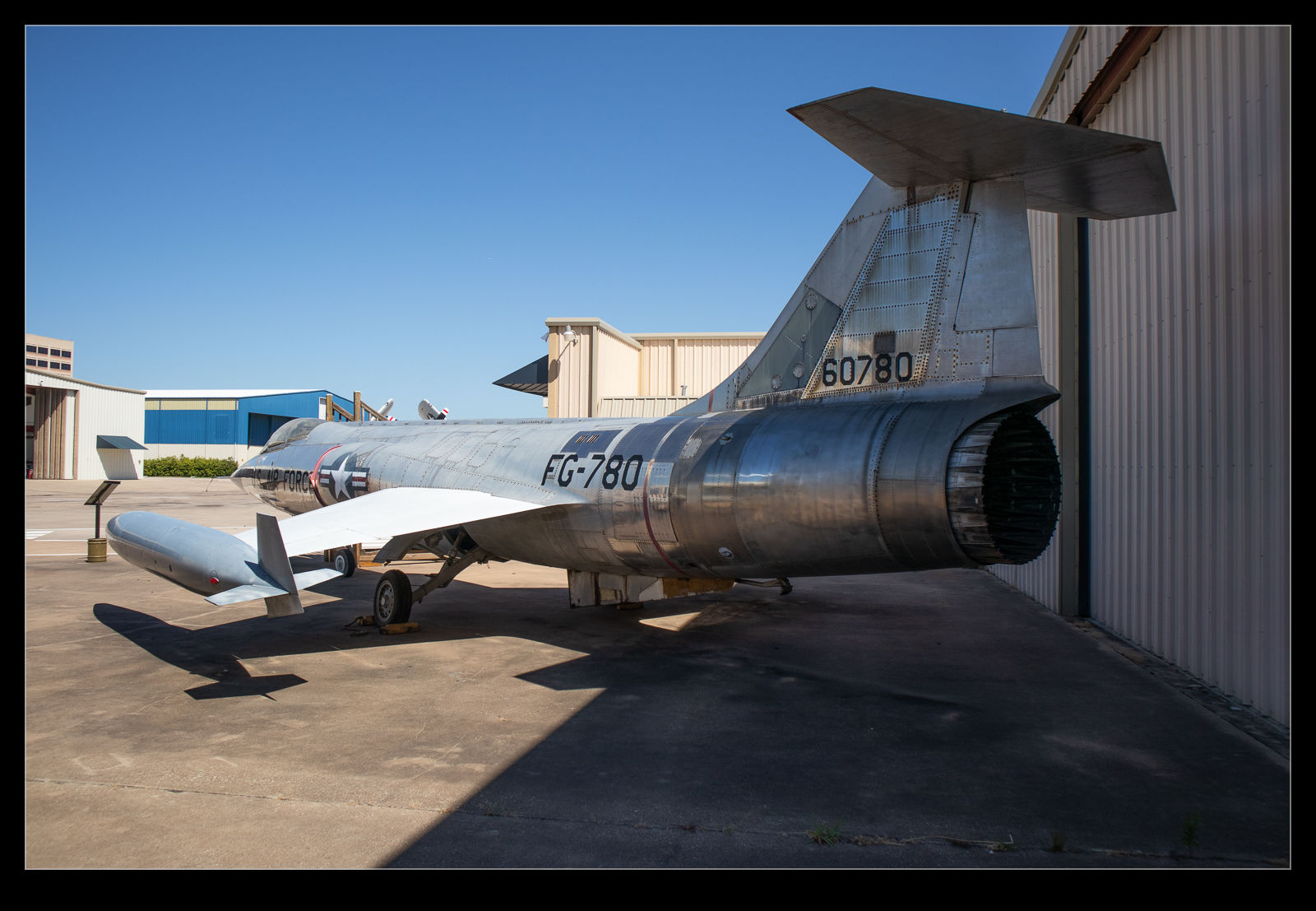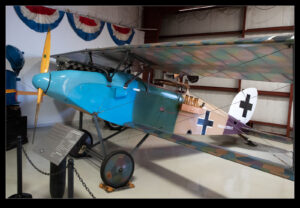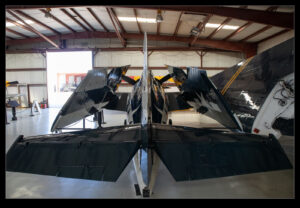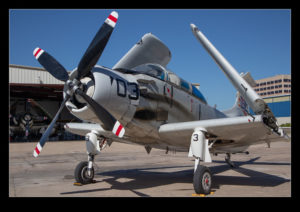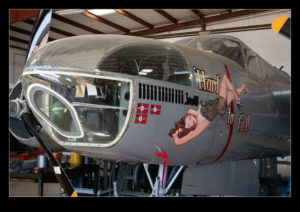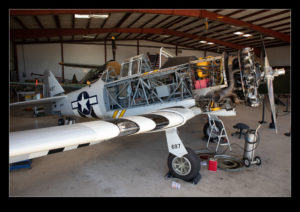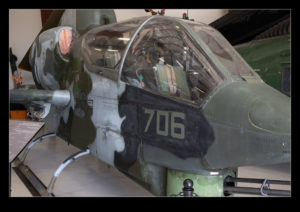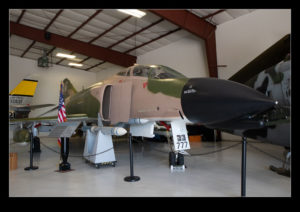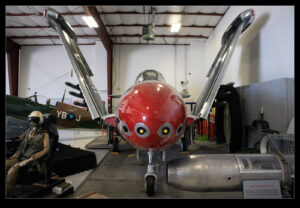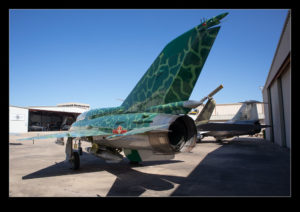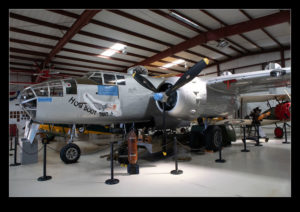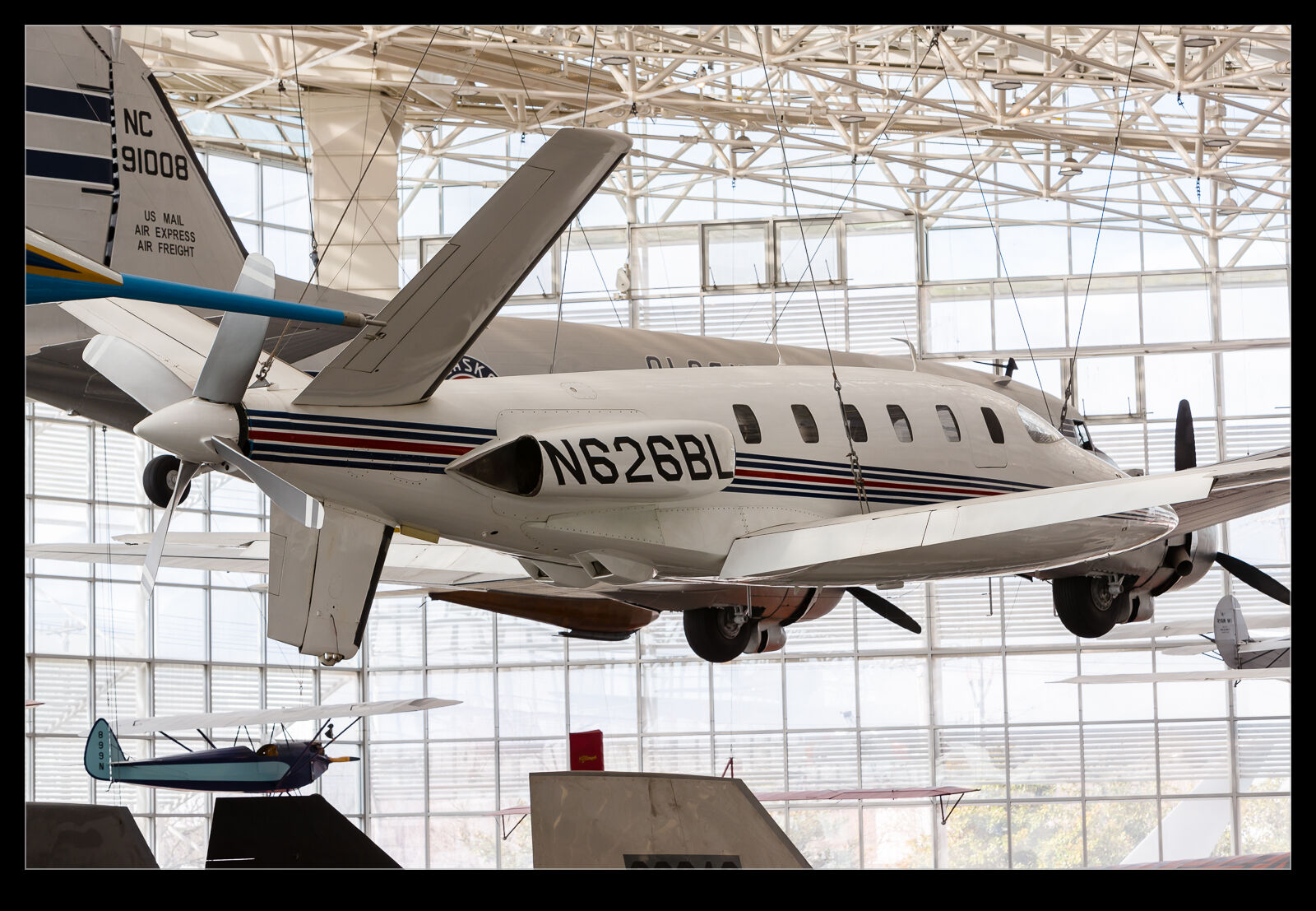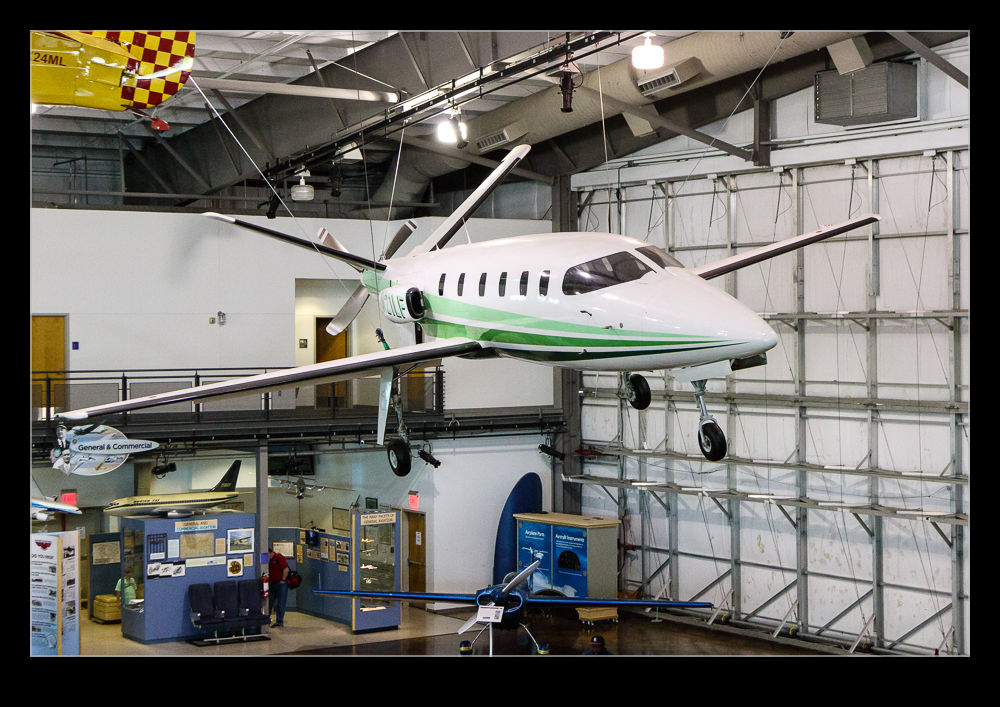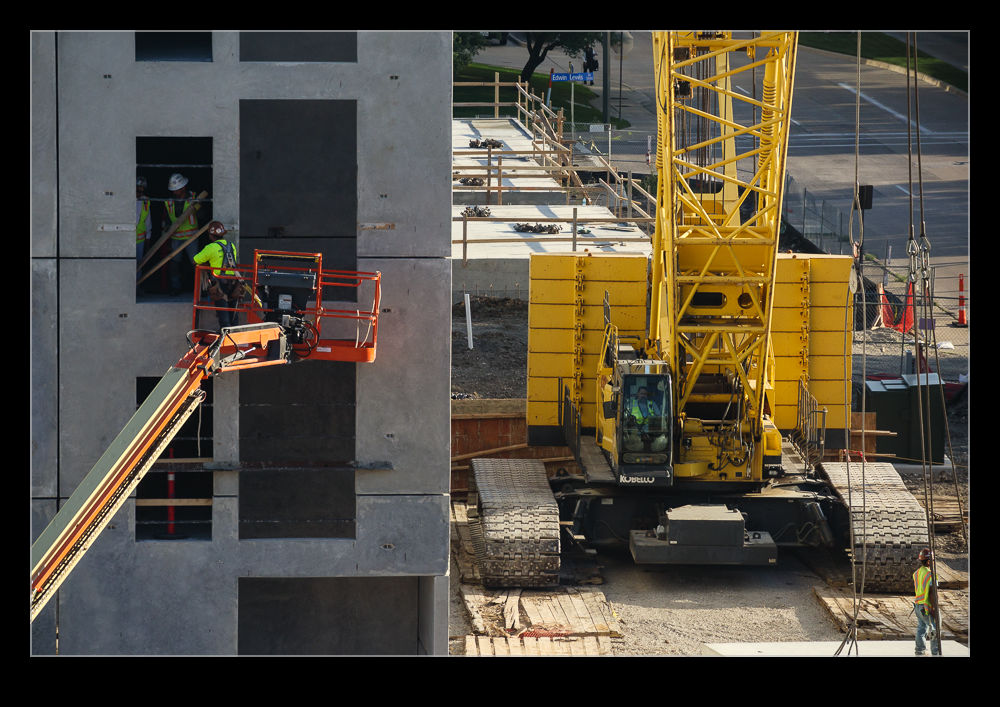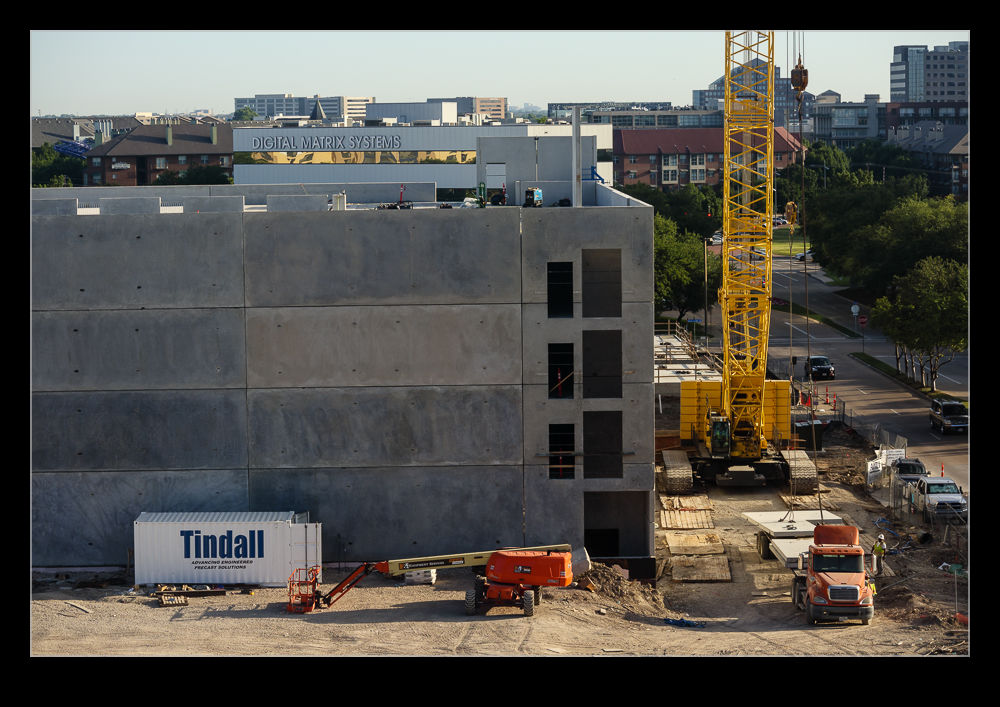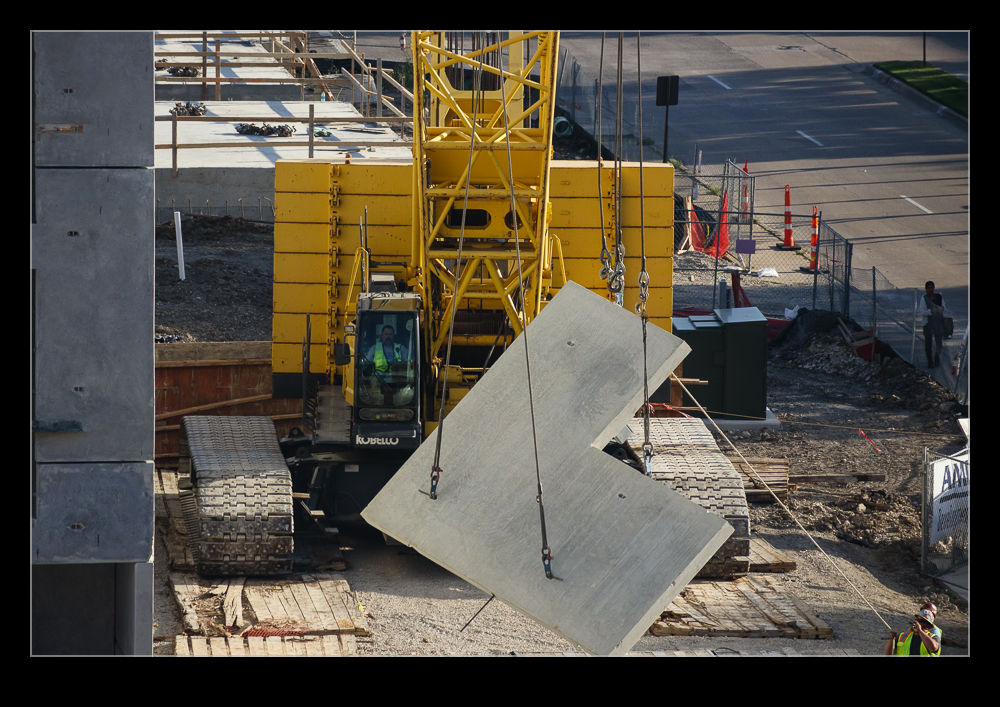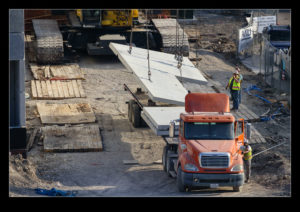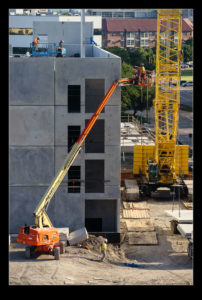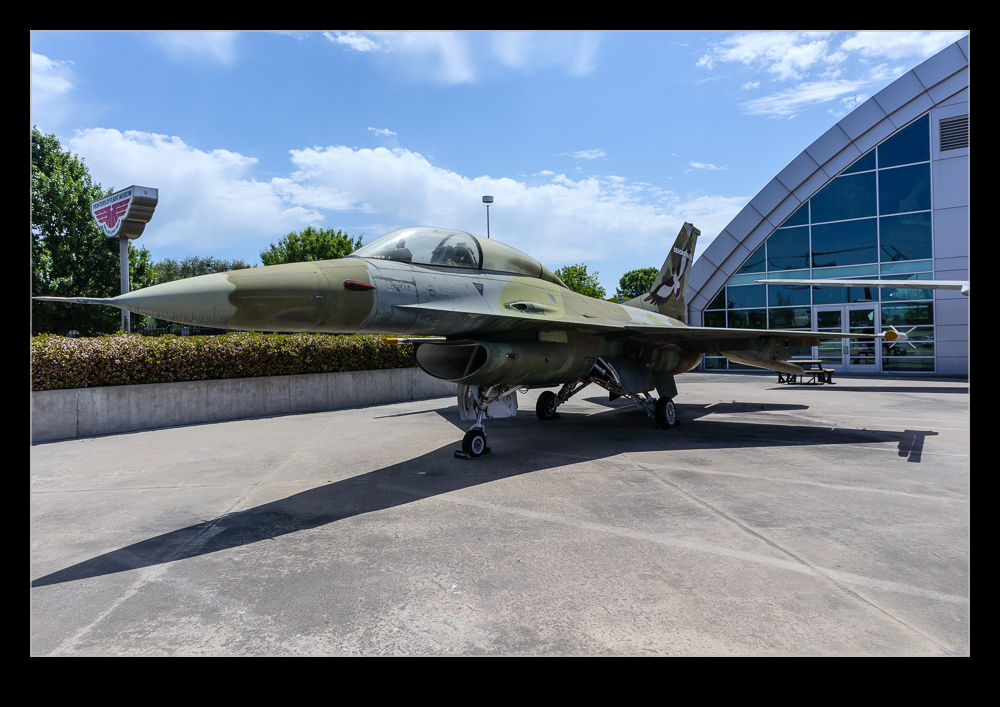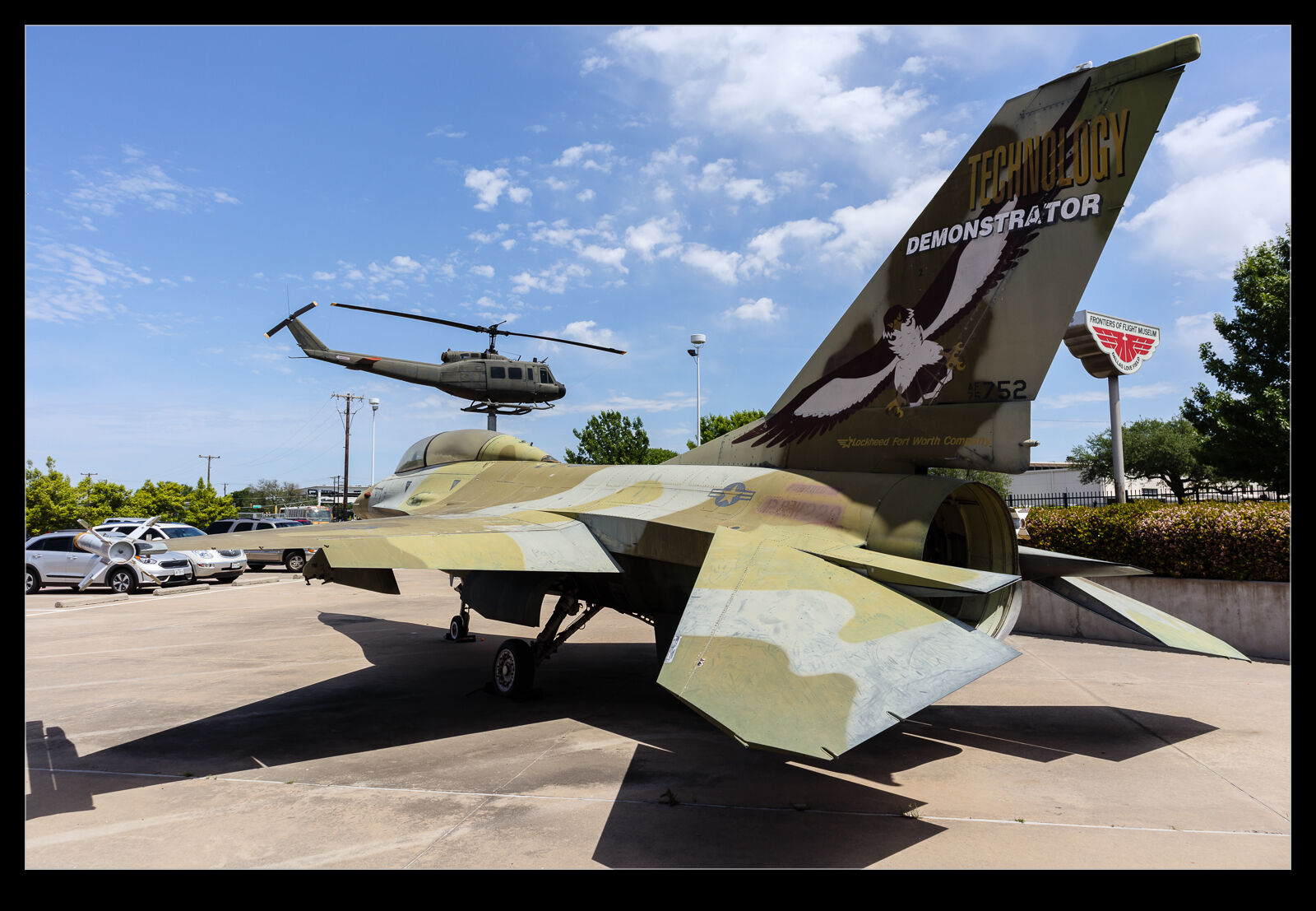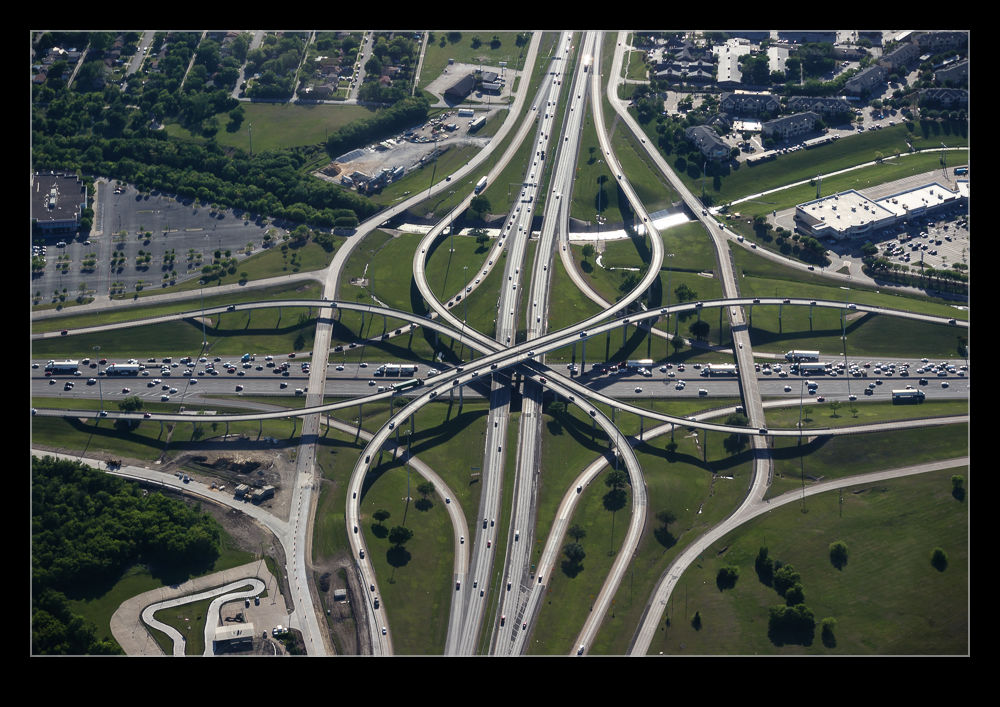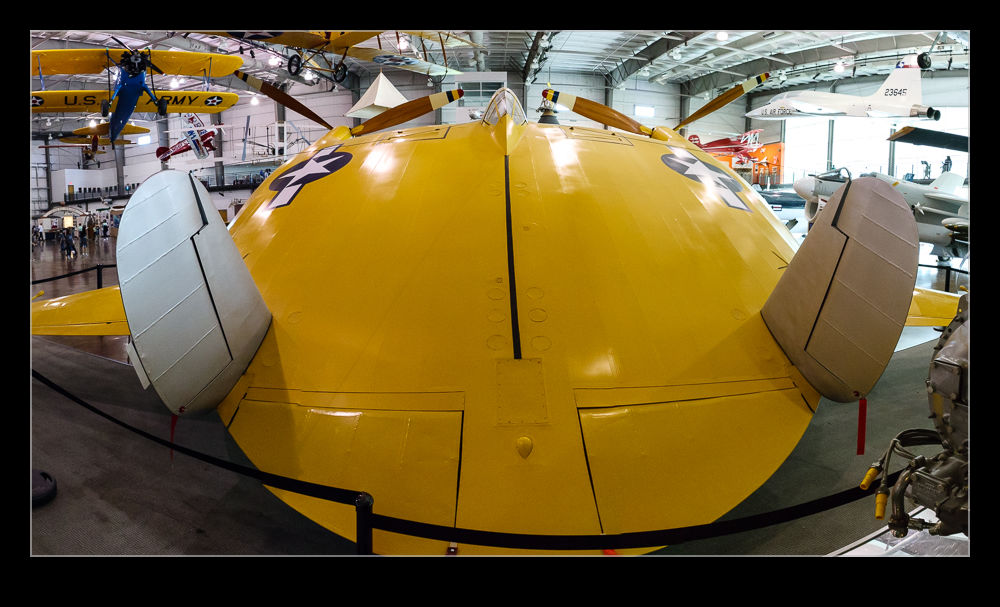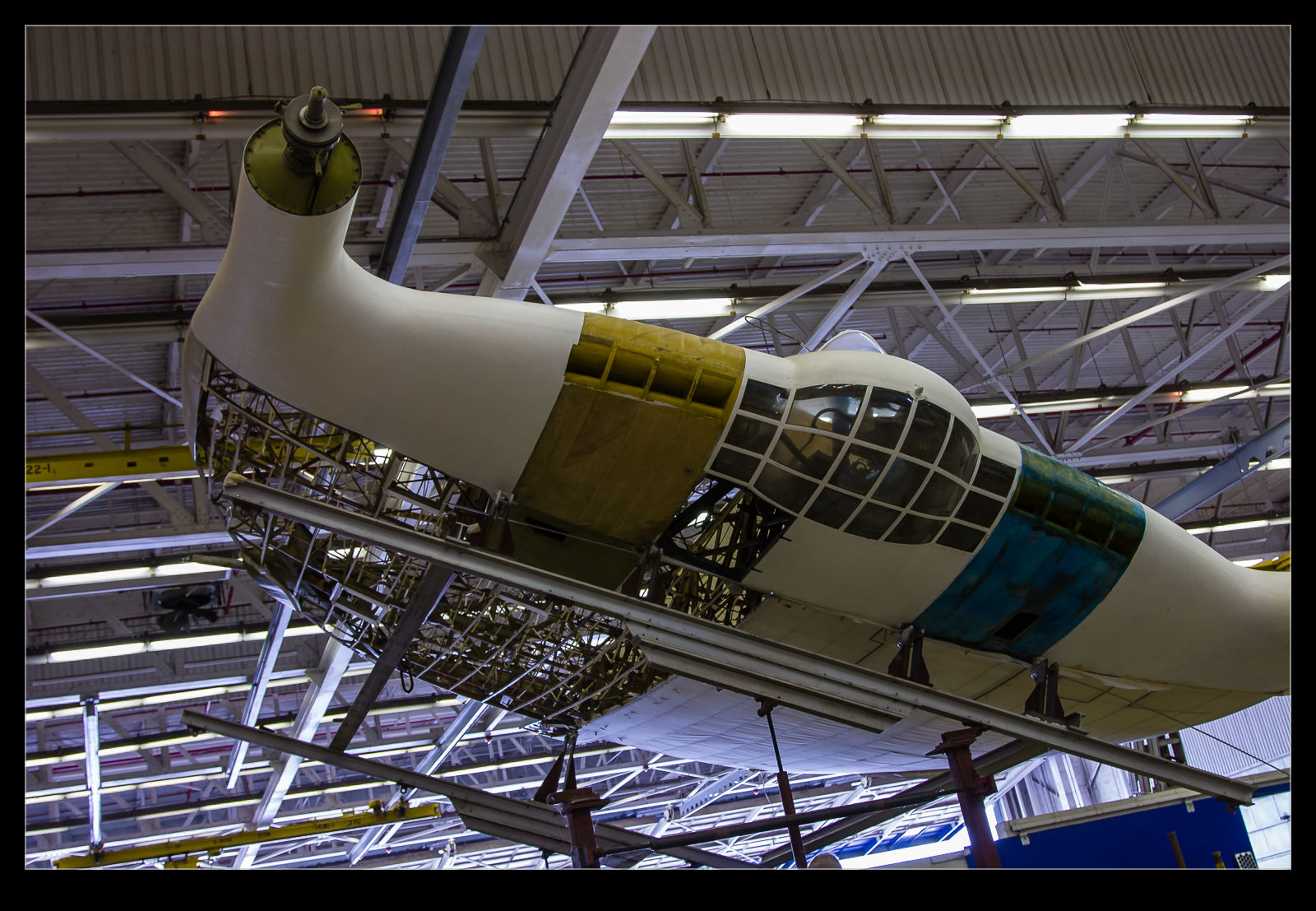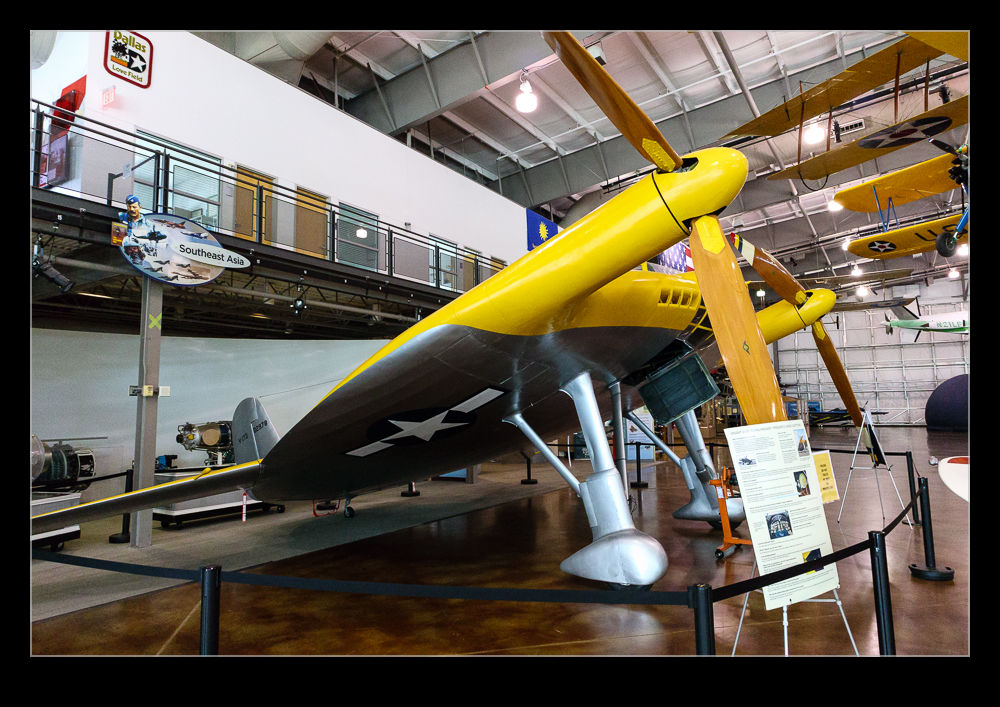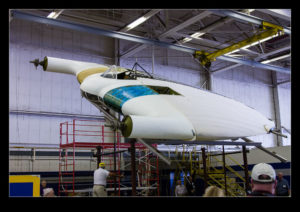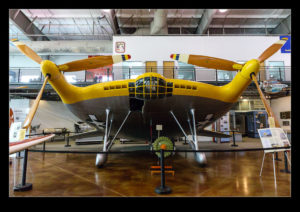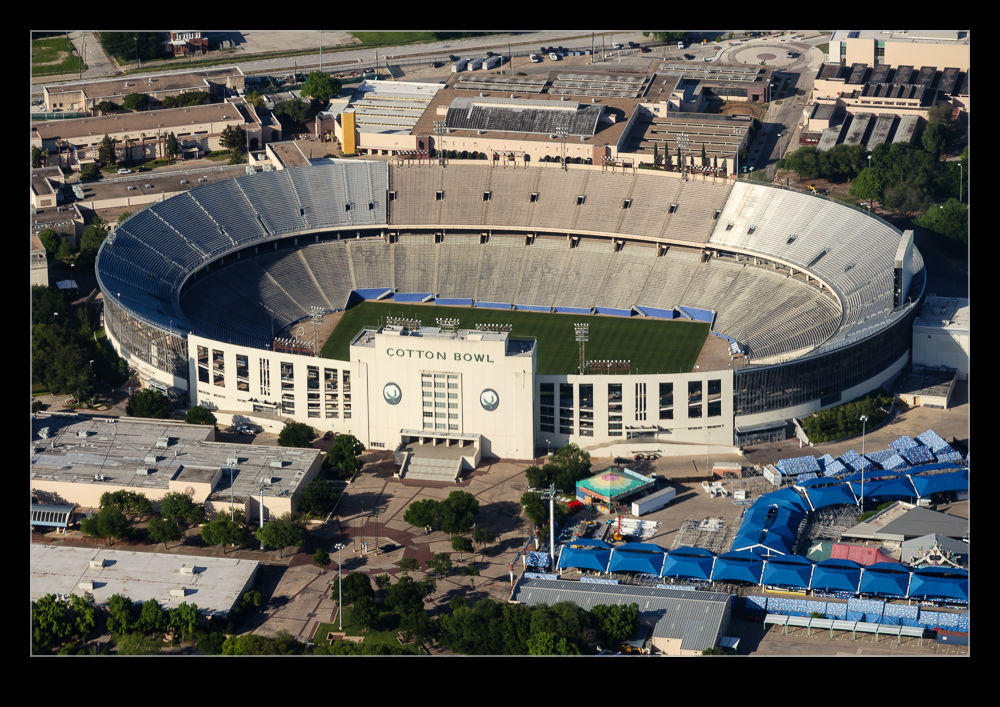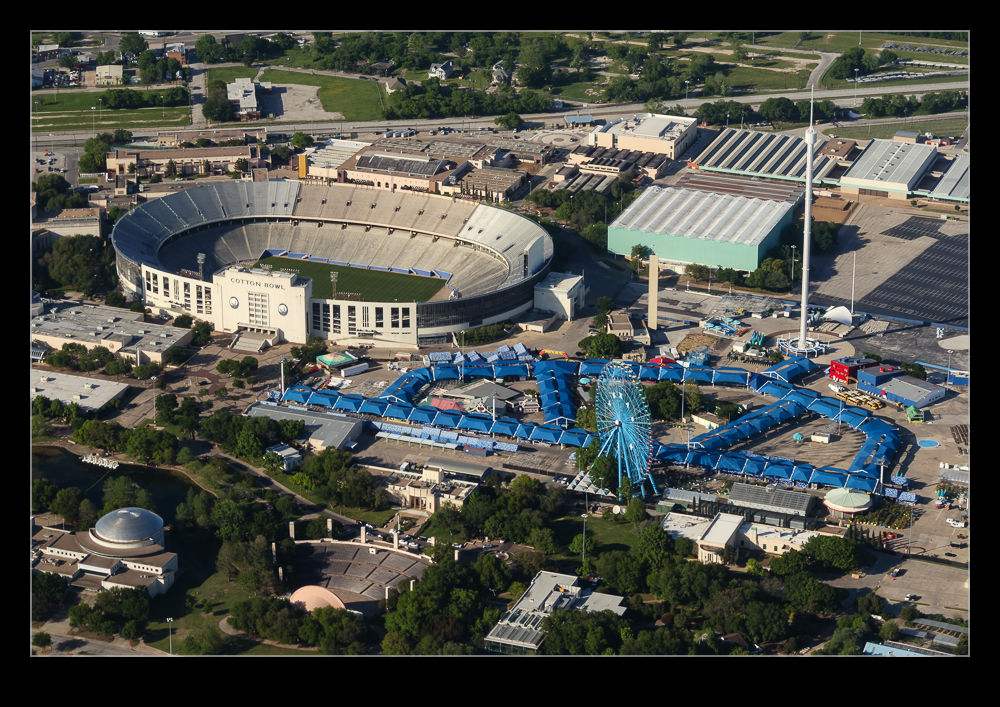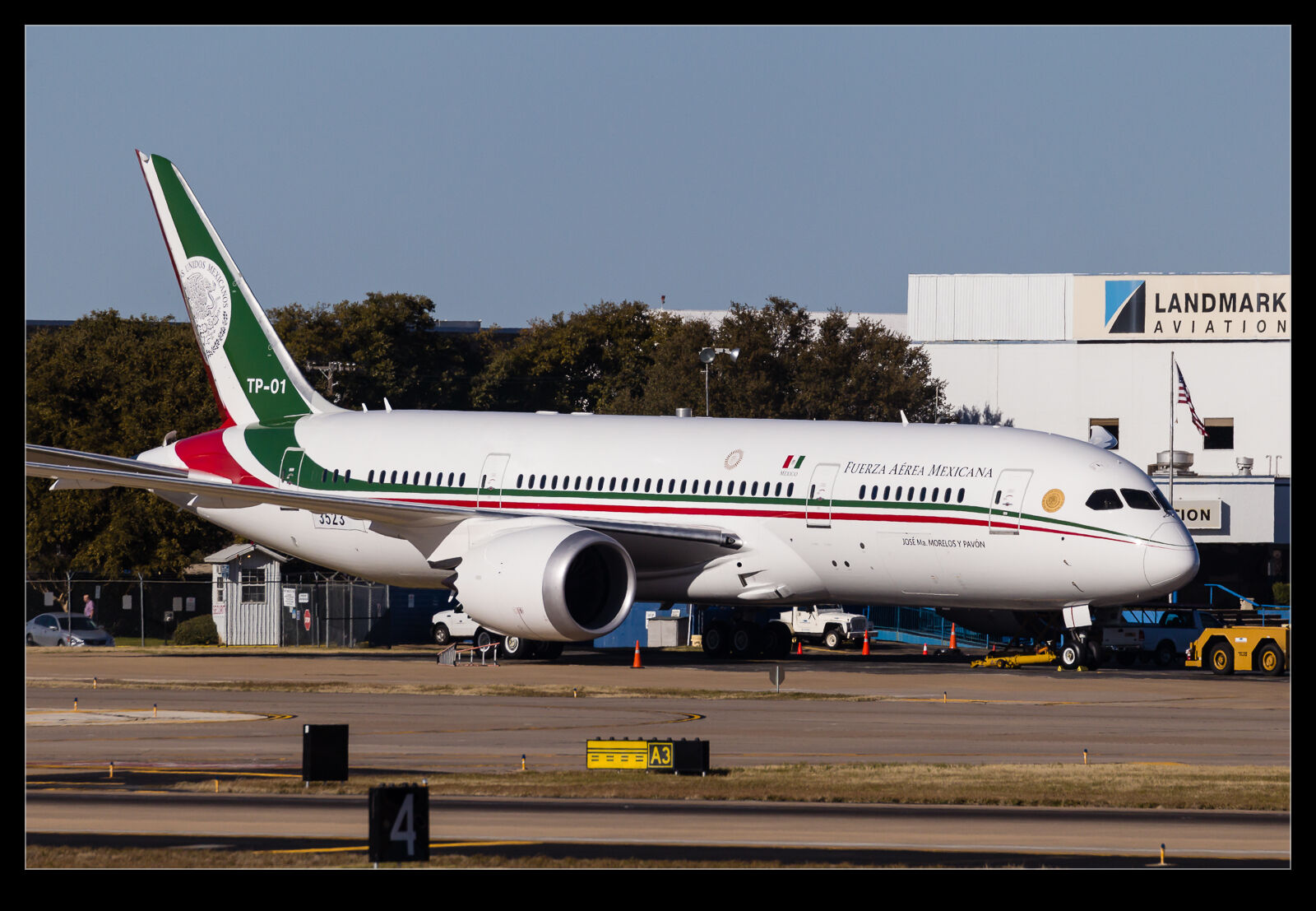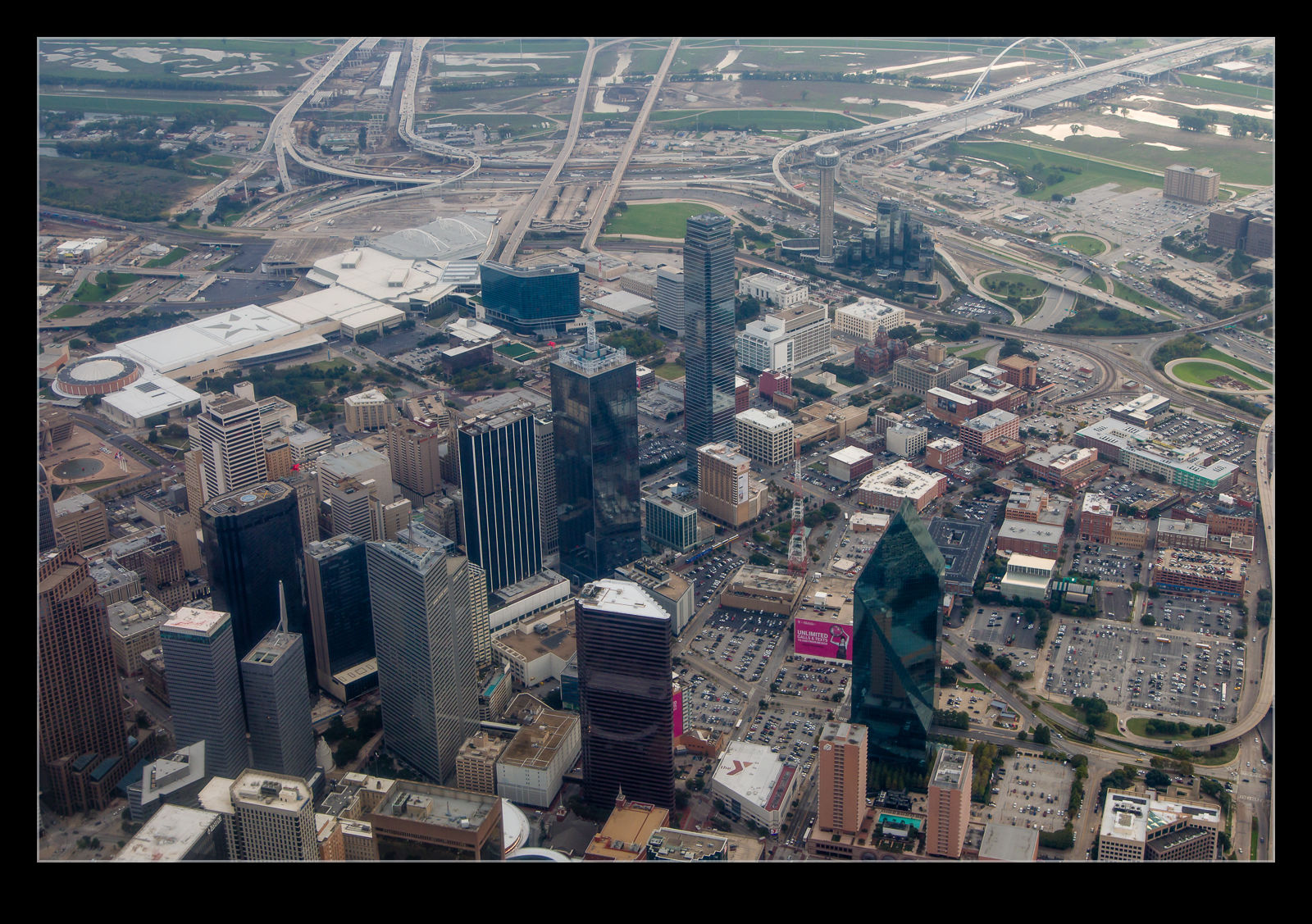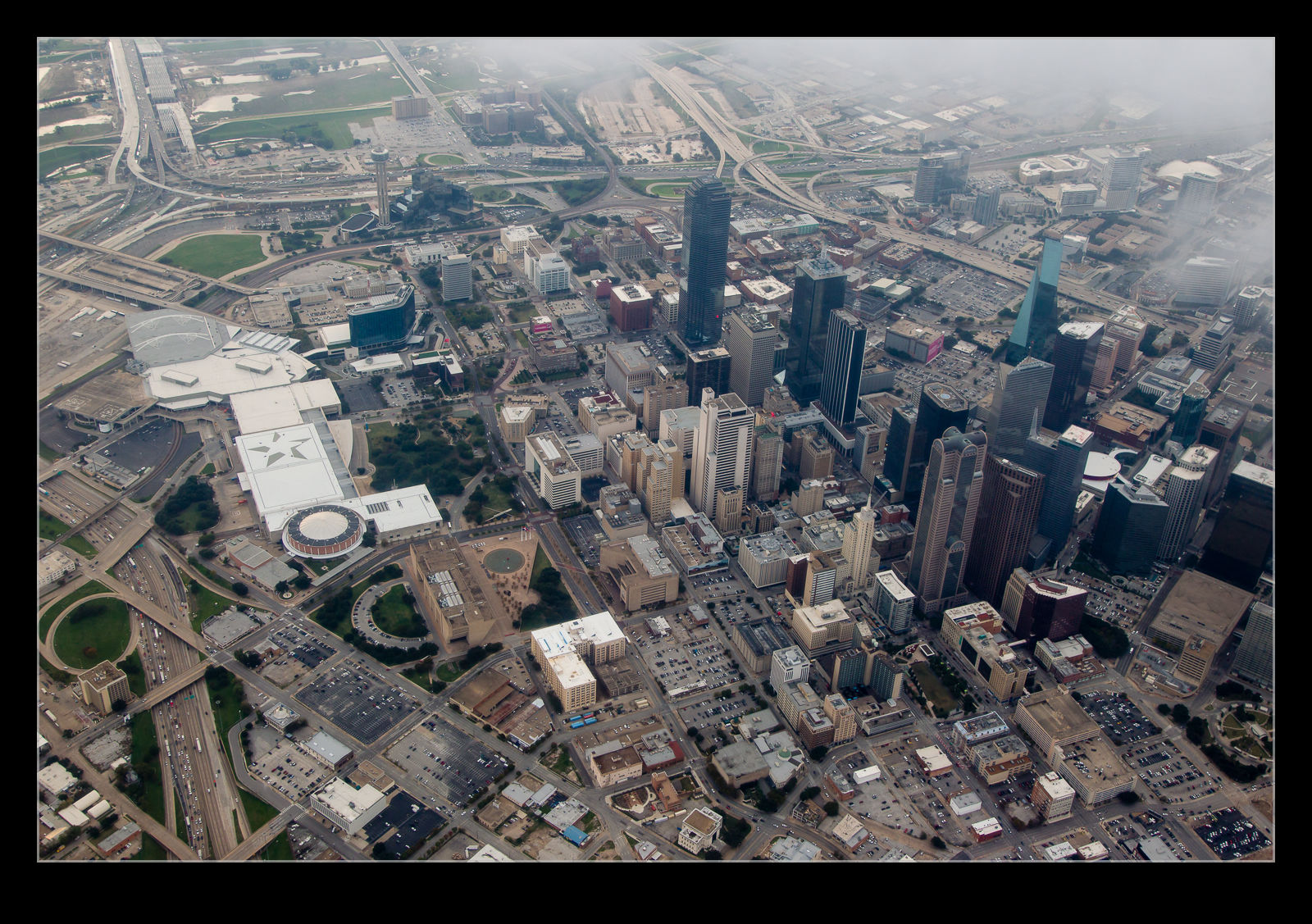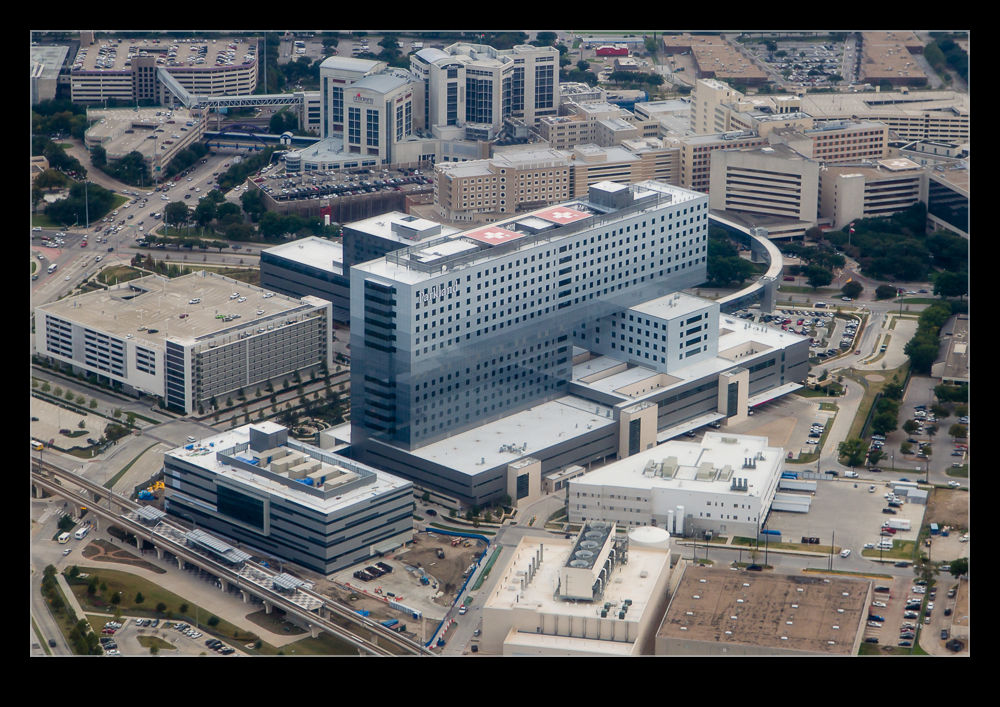 I have been to Addison in Texas a few times recently for work. The trips have been pretty much in and out with little spare time so I have not been able to check out the Cavanaugh Air Museum before. On a recent visit, though, my flight got in at a time that meant I could get there for the final 45 minutes that they were open. Not a lot of time but better than nothing and the temperature was over 100 degrees so being out for too long was not going to be fun!
I have been to Addison in Texas a few times recently for work. The trips have been pretty much in and out with little spare time so I have not been able to check out the Cavanaugh Air Museum before. On a recent visit, though, my flight got in at a time that meant I could get there for the final 45 minutes that they were open. Not a lot of time but better than nothing and the temperature was over 100 degrees so being out for too long was not going to be fun!
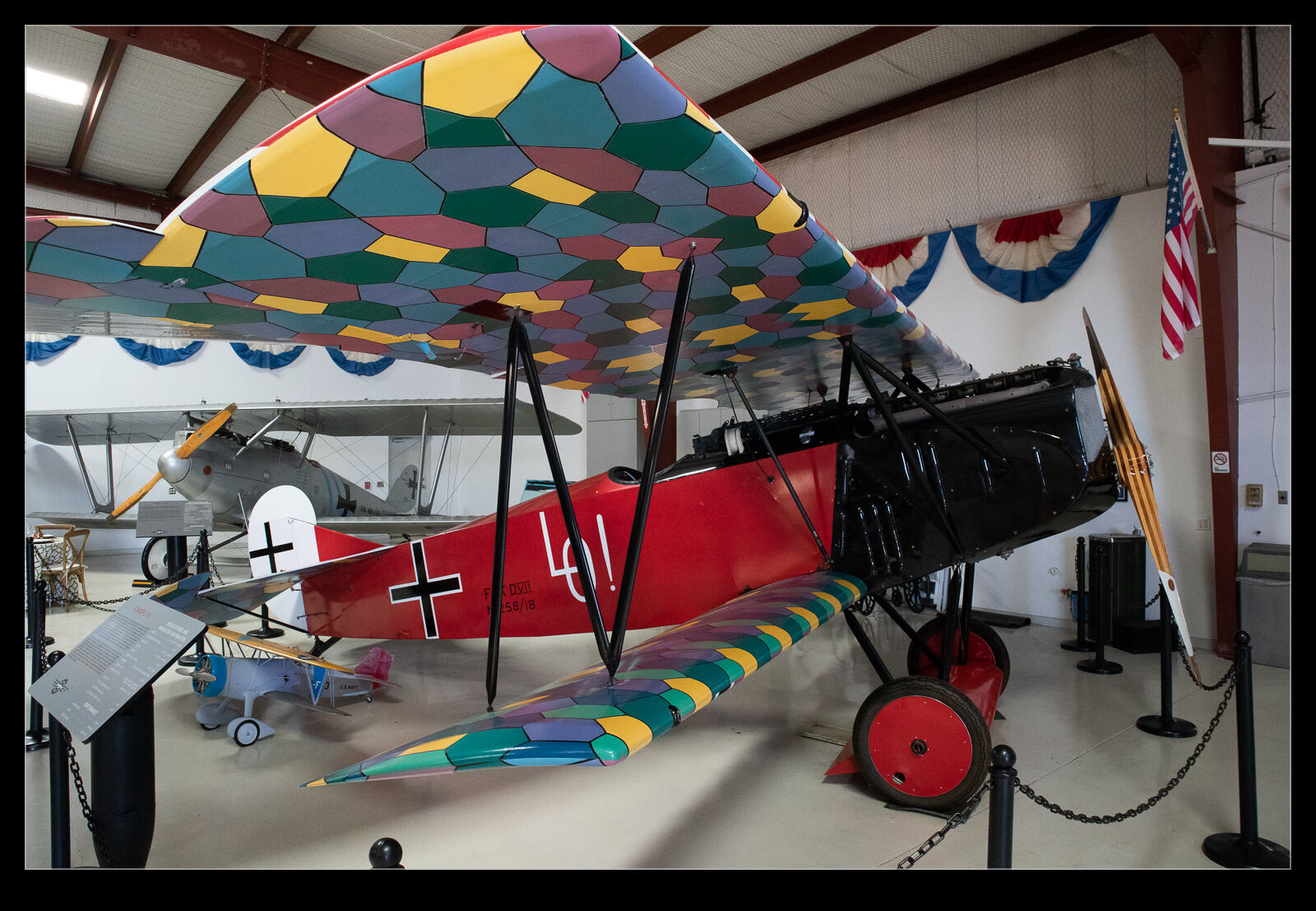 It was a quick trip around but still fun. Some nice examples of aircraft in the hangars and a few interesting bits outside. The intense sun meant they were hard to photograph and I wasn’t going to hang around out there too long. The ramp was reflecting the heat even more so it was roasting out there. Lots of nice stuff but the F-104 and the pair of A-1 Skyraiders were probably the high points for me. The painting gallery was also well worth a look and it was in the air conditioning so definitely a welcome spot.
It was a quick trip around but still fun. Some nice examples of aircraft in the hangars and a few interesting bits outside. The intense sun meant they were hard to photograph and I wasn’t going to hang around out there too long. The ramp was reflecting the heat even more so it was roasting out there. Lots of nice stuff but the F-104 and the pair of A-1 Skyraiders were probably the high points for me. The painting gallery was also well worth a look and it was in the air conditioning so definitely a welcome spot.
